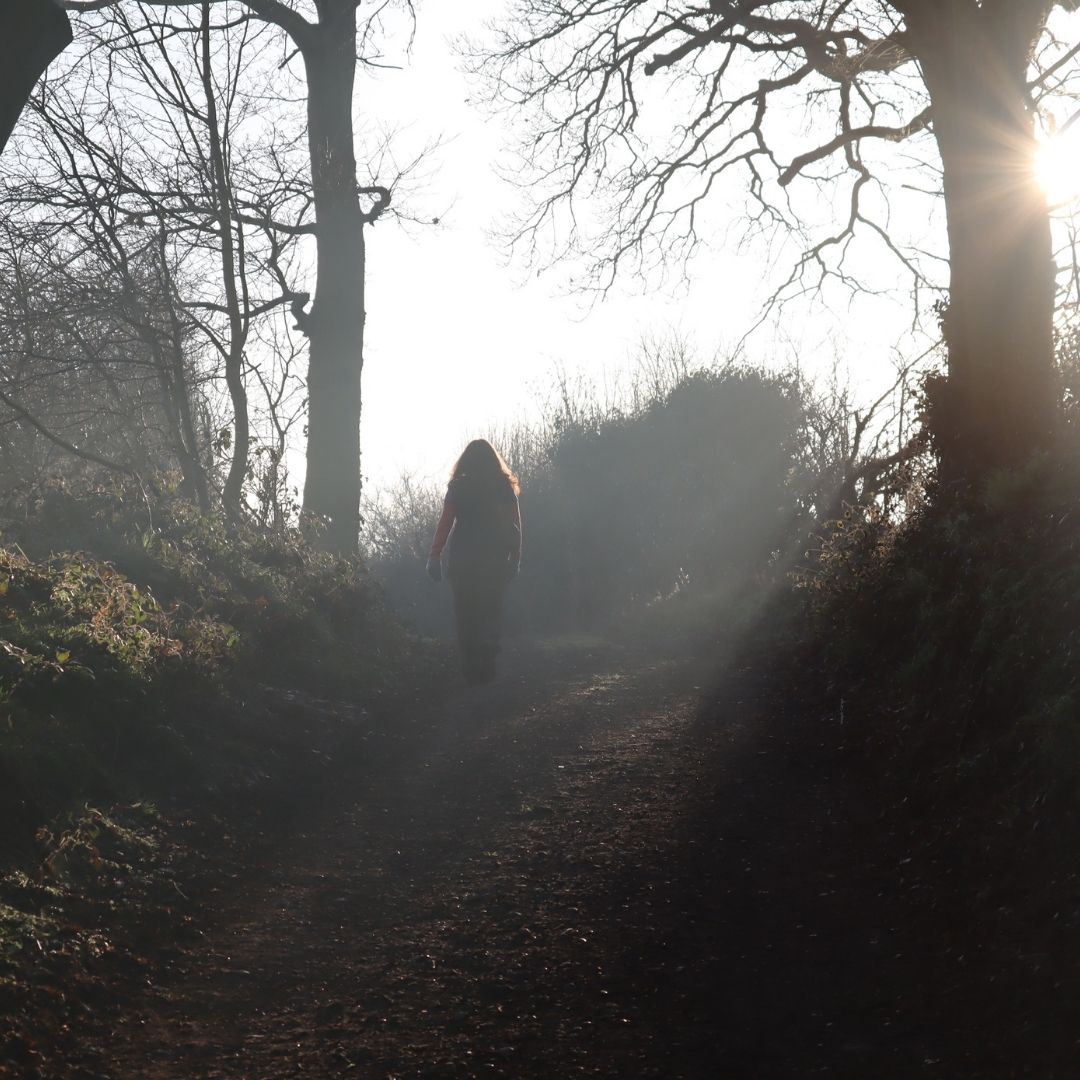There are eight types of rest that help us Rebound, Restore, and Rejuvenate. True rest is essential for survival. It’s not only about sleeping well. How we care for ourselves matters to our physical, mental, emotional, social and spiritual health.
About Rest
The type of rest you need depends on many things. Your personal circumstances, environment, network and community, job… the list goes on.
Rest isn’t one-dimensional. There are eight types that work together to help us rebound, restore and rejuvenate.
1. Physical Rest
Physical Rest releases tension, restores energy, and helps us move in harmony with our environment and others.
When we physically rest, we are in a period of recovery that prepares the body for necessary repair before recharging. It can be passive (sleep, NSDR (non-sleep deep rest), restful moments of quiet, mindfulness, or somatic movement) or active (yoga, stretching, gentle walks or energy therapy).
2. Emotional Rest
Emotional Rest gives us the chance to let go of stress, find balance, and reconnect with emotions. This type of rest is essential for managing our day-to-day lives. It involves taking breaks from emotional demands and creating space to process feeling. Connecting with loved ones, saying no to things that drain energy, doing things that bring joy (being creative, spending time in nature, practicing mindfulness) are ways to practice emotional rest.
Emotional rest helps us reconnect with our internal rhythm and emerge as our authentic emotional self – prepared, confident and self-assured. When we give ourselves permission to feel our emotions fully and without guilt, we bounce back from emotional upsets faster and easier.
3. Mental Rest
Mental Rest clears mental clutter, supporting a still mind and recovery from cognitive exertion. Taking breaks from activities that require focus and concentration can help. However, participating in activities that promote relaxation, like forest bathing, light reading, gentle walks in nature have a greater impact.
This type of rest is essential for keeping mentally fit and healthy, improving cognitive function, memory and focus.
4. Social Rest
Social Rest recharges us and allows us to be our authentic selves. It’s important to know that it’s not only about being in solitude. We can socially rest in a supportive community or embrace solitude. Prioritizing connections that nourish us is important to protecting our social energy. Saying no to the relationships that drain us, helps to create space for the ones that revive us.
Social rest gives us the opportunity to be our true selves without fear of judgement. Then, we can interact in a way that helps us feel a sense of joy and more connected.
5. Creative Rest
Creative Rest gives us a break from creative demands, allowing us to regenerate creative energy. When the mind freely explores without constraint or pressure to produce, the awe and curiosity that fuels creativity is reawakened. Activities that spark imagination like nature walks, listening to music, and museum visits can reignite creative inspiration.
Creative rest leads to new perspectives and innovative solutions boosting self-confidence and raising self-esteem. After, we emerge with an awakened sense of wonder, awe and inspiration.
6. Sensory Rest
Sensory Rest promotes a calmer state of mind by reducing or eliminating sensory input. Every day our senses are overexposed to a barrage bright, artificial light, loud noise, and other stimuli that lead to stress and overwhelm. When our senses are overload, it’s time for a break. The Five Senses Grounding technique directs you to focusing your attention on one sense at a time until you are present and grounded. Natural light, natural sounds, natural textures are all things that help calm us, so it makes sense that retreating to nature helps.
Taking a rest from the constant stimuli of everyday life calms our mind, reduces stress and anxiety, improves sleep, and produces a sense of peace.
7. Spiritual Rest
Spiritual Rest is being free from worry, feeling at ease and connected to something greater than us. Feelings of helplessness, lack of motivation, disconnection, or hopeless are indicators we need spiritual rest. When we are spiritually rested it’s easier to approach life’s challenges with a greater sense of hope and resilience.
So, how do we rest our spiritual self? Activities that connect us to community build a sense of belonging. Spending time in nature develops emotional bonds that make you feel part of something greater. Mediation, prayer, simple reflection, or creative pursuits all help us build the bonds that make us feel alive and inspire us to give back.
Spiritual rest can show up as a feeling of ease, being worry-free, and feeling connected to something greater. With this, we reconnect with a sense of purpose and self-worth.
8. Environmental Rest
Environmental Rest restores your connection to Earth. Spending time in nature fosters a sense of well-being and appreciation for the natural world. It has an enormous restorative effect on mental, emotional, physical, social, and spiritual health.
This type of rest can foster a deeper appreciation for beauty and the complexity of the natural world. Reconnecting with nature can make us feel more deeply connected to the earth and inspire us to take positive action to protect the environment.
If you’re curious about how the eight types of rest can help you rebound, restore, and rejuvenate, join a foRest retreat. Our next one is the 15th of August 2025 at the gorgeous woodland pavilion at Dedham Vale Vineyard!
You can learn more about the 5 Ways to Wellbeing and the 5 Pathways to Nature Connectedness. These are great resources to help you experience the eight types of rest that will help you rebound, restore and rejuvenate!



